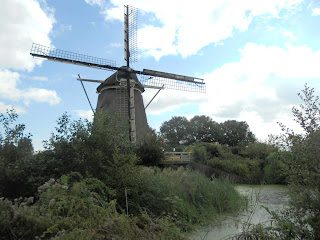(Robert) After having checked-off a good number of must-see sites the previous day, we decided to take this day easy and focus solely on Topkapi Palace. This turned out to be a wise decision since the palace, due to its sheer grandeur, can easily absorb the better part of one's day.
At the height of its power, the palace was once home to 4000 residents including, most importantly, the sultan. In comparison to Versailles, the Topkapi Palace and its grounds is in need of some renovation and left something to be desired. On the other hand, the collection, which includes David's sword (yes that's David, as in David & Goliath), John the Baptist's skull fragment and strains of Mohammad's beard left us awe-struck. The treasury, which houses an 86 caret diamond, the fifth largest in the world, easily gives the Tower of London a run for the money. There are multiple courtyards and patios that provide outstanding views of the Bosporus and outlining areas of greater Istanbul.
Later that night we ventured into the side streets of Beyoglu for a rooftop dinner at Krepen Deki Kadir'in Veri. While the food at the restaurant is average, it strikes a good balance between value and atmosphere. The combination of stunning skyline views and warm Mediterranean nights, has, not surprisingly, spawned an entire industry of rooftop restaurants and bars. After dinner we walked around the corner to Ritim Roof, a rooftop bar, as the name implies, with a sign out on the street advertising 3-TL beer. Sold! By the time we made it up to the top floor, the beer, all-of-a-sudden, became 5-TL. But with ritzier rooftops bars charging a jaw-dropping 13-TL (that's about $9 US) for a single bottle of beer, Katherine and I were not complaining in the least.
The bar was packed with local people enthusiastically dancing to a wide range of world music. Both of these rooftop venues are located in the Balik Pazar section of Beyoglu – less “bobo” than other parts of Beyoglu and therefore a far better value.
The bar was packed with local people enthusiastically dancing to a wide range of world music. Both of these rooftop venues are located in the Balik Pazar section of Beyoglu – less “bobo” than other parts of Beyoglu and therefore a far better value.



















